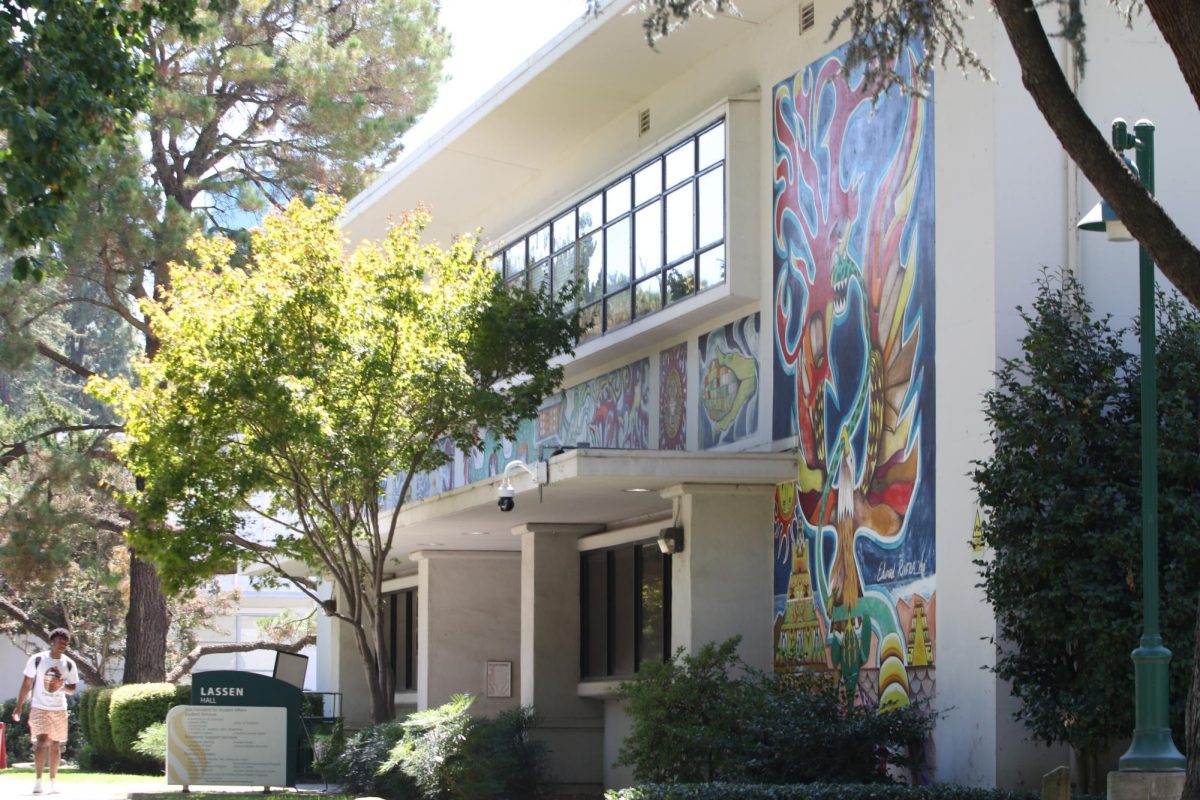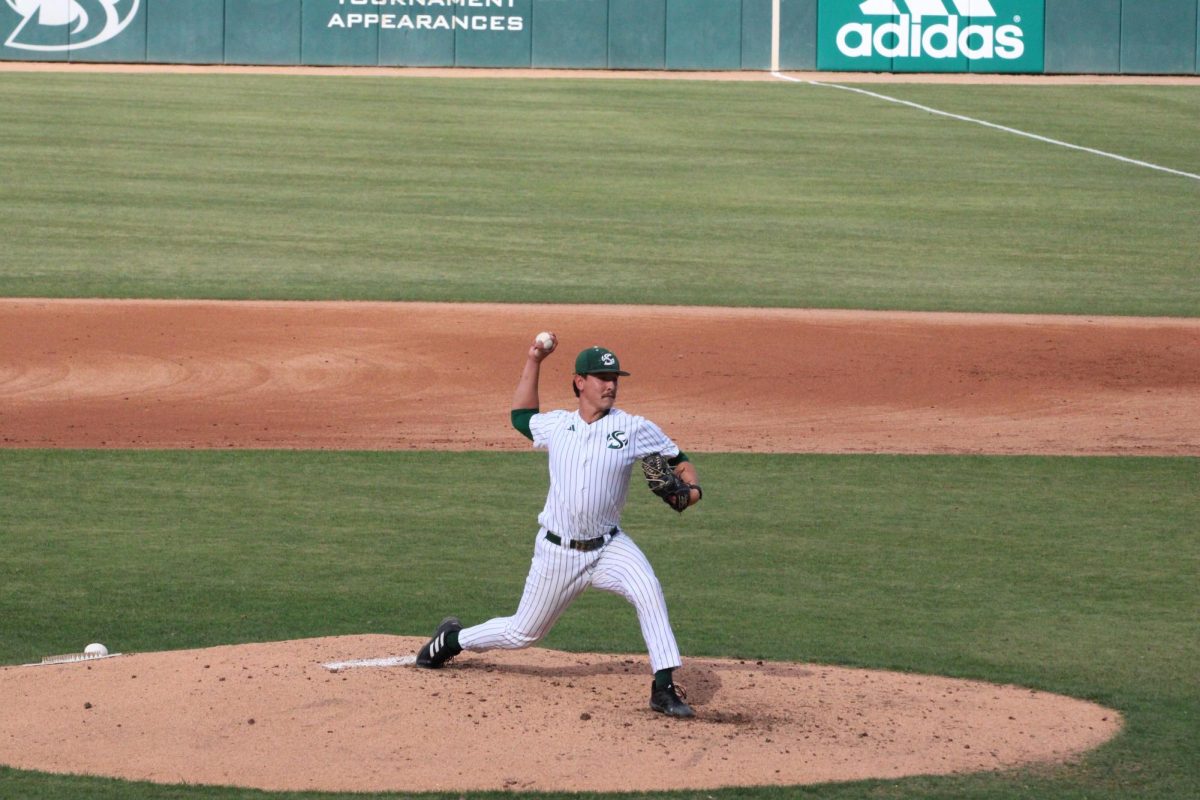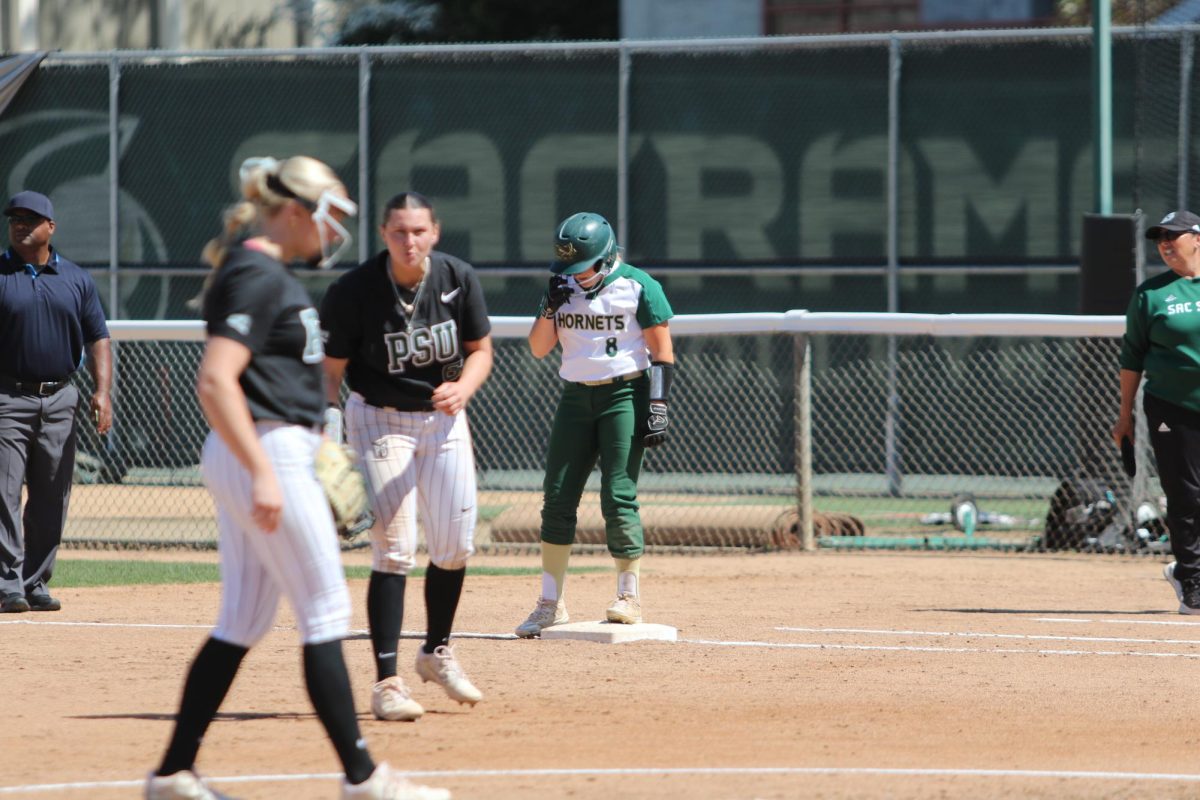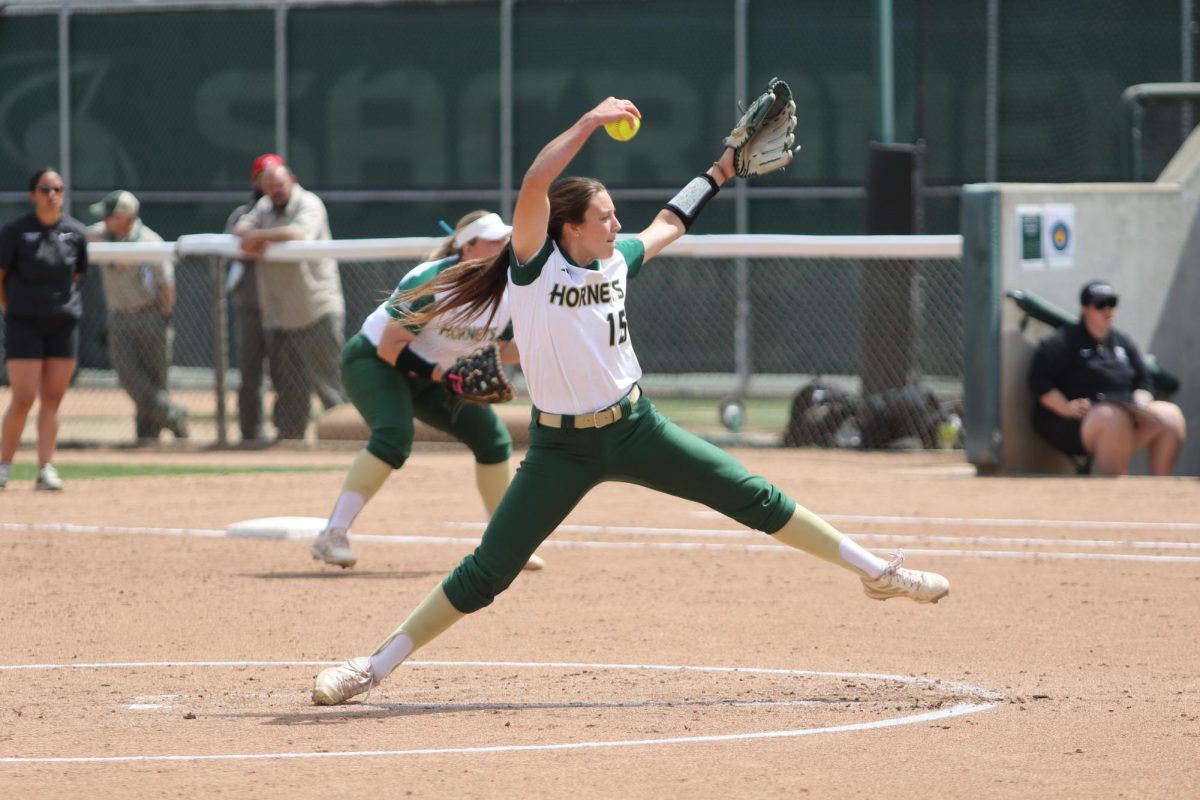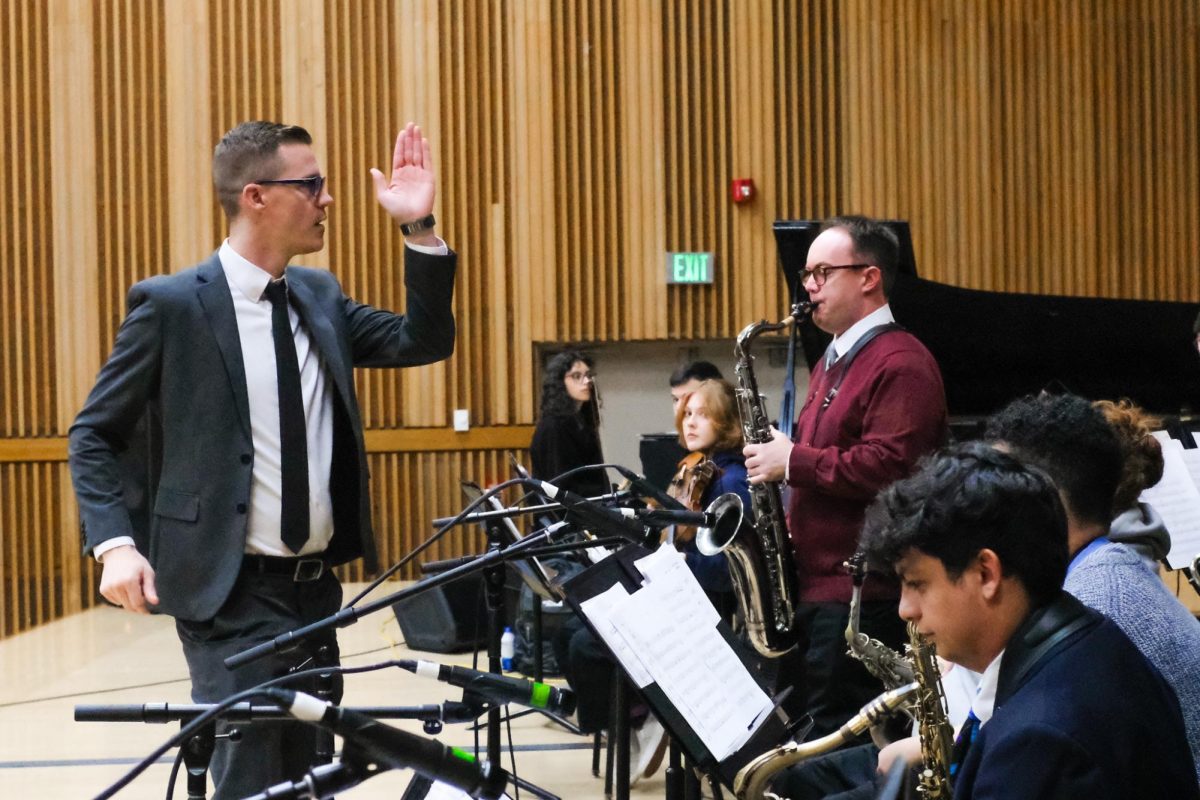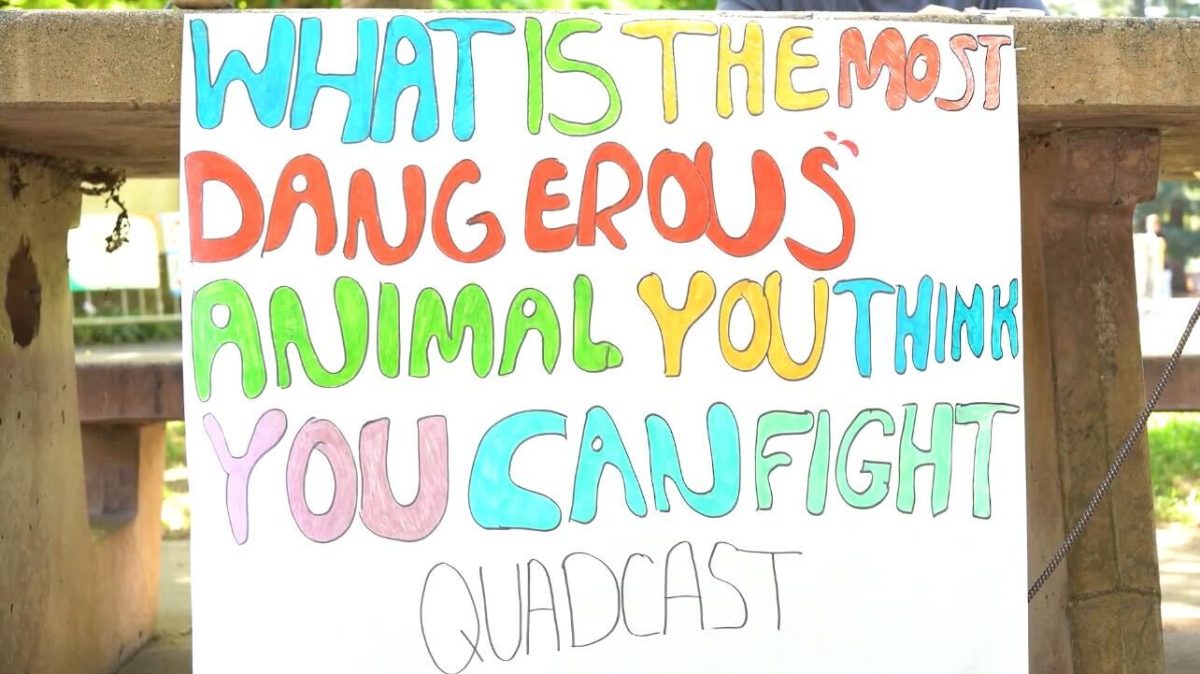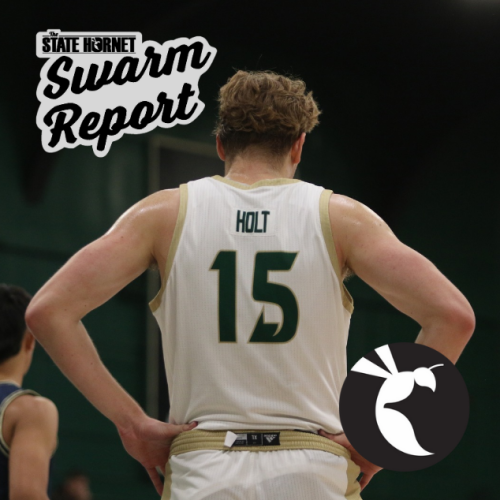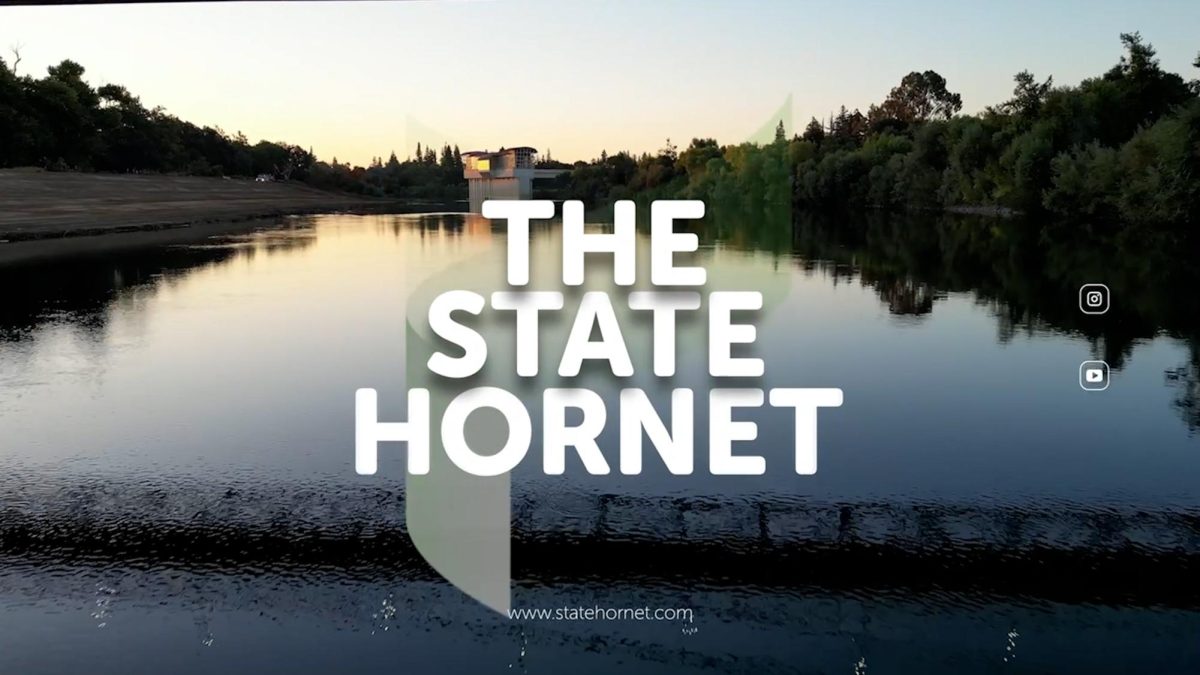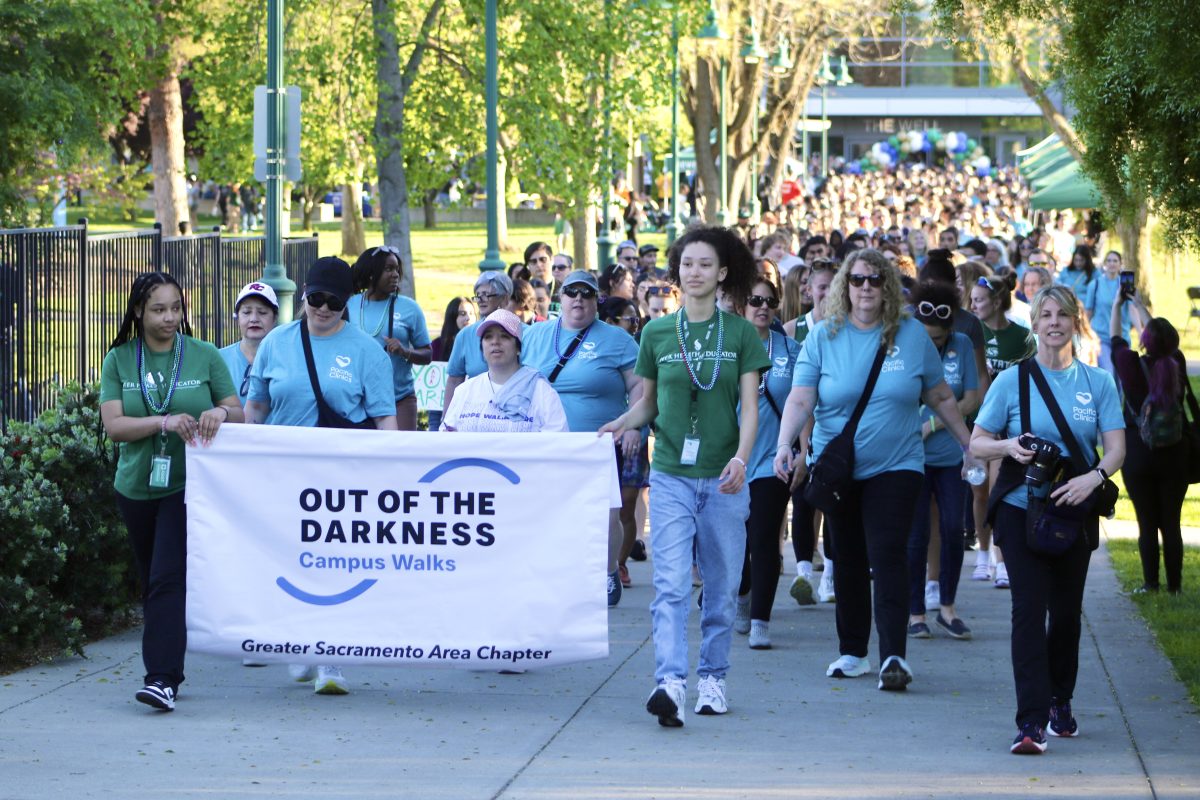Asteroid gets initial elevated risk rating, but impact unlikely
December 23, 2004
LOS ANGELES – A recently discovered asteroid that crosses Earth’s orbit has been given a higher impact hazard rating than any other seen so far, but scientists say it is likely the risk will be eliminated as further observations refine projections of its orbit.
Asteroid 2004 MN4, believed to be about 1,300 feet long, potentially could impact Earth in 2029, based on a limited number of initial sightings, said Donald Yeomans, manager of the Near Earth Object Program at NASA’s Jet Propulsion Laboratory in Pasadena.
The asteroid has been given an initial rating of 2 on the 10-point Torino Impact Hazard Scale used by astronomers to assess predictions for asteroid or comet impacts, Yeomans said Thursday.
The relatively high rating, posted on the NEO program Web site, is unusual because no previously observed asteroid has been graded higher than 1.
“This is not a problem for anyone and it shouldn’t be a concern to anyone, but whenever we post one of these things and … somebody gets ahold of it, it just gets crazy,” Yeomans said.
Announcements that scientists have spotted an asteroid that cross Earth’s orbit sometimes generate alarm when early analysis shows some possibility of an impact. Within a few days, usually, further observations allow scientists to refine the asteroid’s orbit and eliminate the likelihood of an impact.
The asteroid’s estimated size has been inferred from its brightness, which assumes that its reflectivity is similar to other asteroids that have been observed.
At about 1,320 feet in length, it would have about 1,600 megatons of energy, Yeomans said.
“In the unlikely event that it did hit, it would be quite serious. We’re talking either a tsunami if it hit in the ocean, which would be likely, or significant ground damage,” he said.
The asteroid was discovered in June and rediscovered this month.
“By linking the two sets of observations we have a pretty decent orbit, so we can predict where this thing will be in the future and when we get a good orbit like that for a near-Earth asteroid we routinely … track its motion on the computer forward for about 100 years and check for any close Earth approaches,” he said.
Asteroid 2004 MN4 takes less than a year to go all the way around the sun and on each orbit it passes by Earth’s orbit twice, Yeomans said. It is also nearly on the same plane as Earth’s orbit.
“On April 13th each year it does indeed cross the Earth’s orbit. Now whether or not the Earth is there or not is the question, and in 2029, April 13th, we can’t yet rule out an Earth impact,” he said. “But the impact probability, as we call it, is 300-to-1 against an impact.”
The asteroid, however, is the first to reach a Torino Scale 2, “which means it’s a bit out of the ordinary but still not of concern,” he said.
There were only two nights of observations when 2004 MN4 was first discovered.
“It was only when it was rediscovered that the orbit was secure enough to give it this designation,” Yeomans said.
The asteroid will be observable for the next several months and the NEO program has alerted its network of ground-based observers to include 2004 MN4 in their searches.
Yeomans said there have now been about 40 observations, first from the observatory at Kitt Peak, near Tucson, Ariz., and this month from Australia and New Zealand.
“As we get new data the so-called error ellipsoid, or the uncertainty on where the object will be in 2029, will shrink as our knowledge of the orbit gets better, and by far the most likely situation is that a few weeks down the road we’ll have a sufficient number of observations that this error ellipsoid will have shrunk to a point where the Earth is no longer included,” he said. “We can then rule out an Earth impact.”









